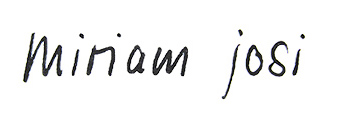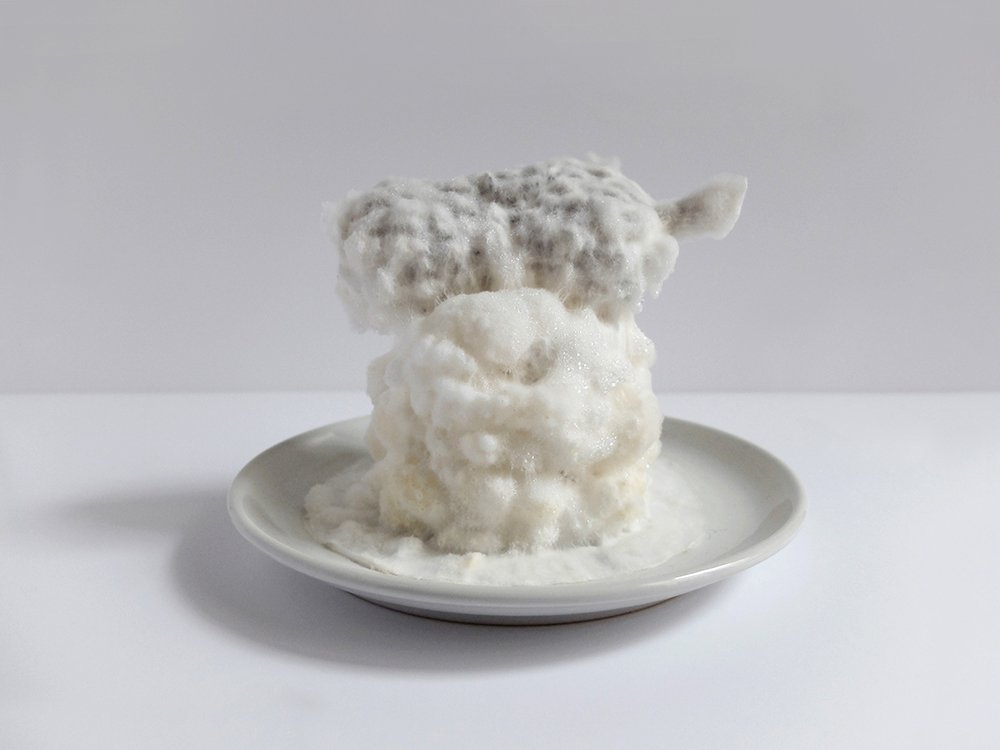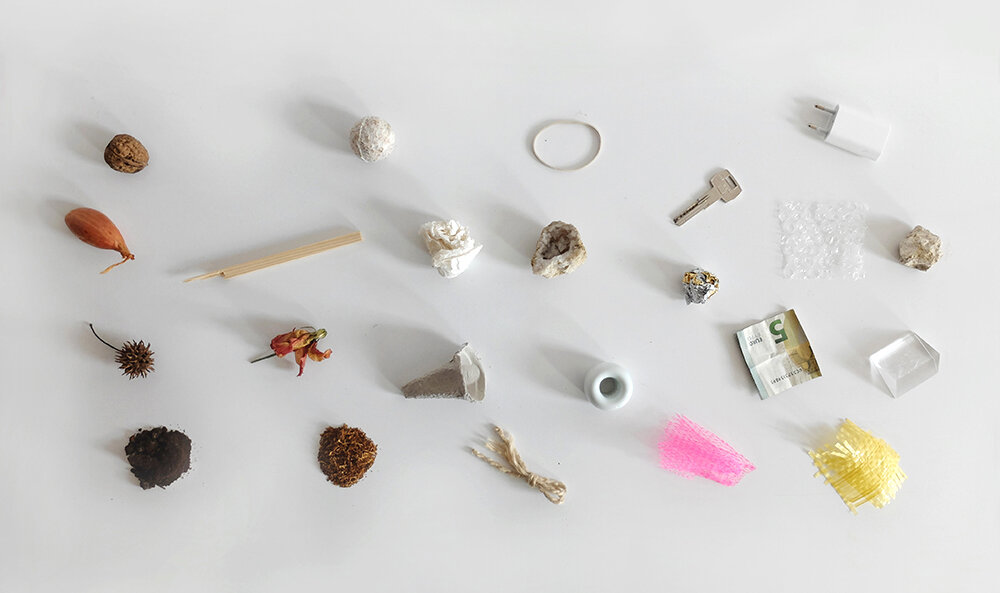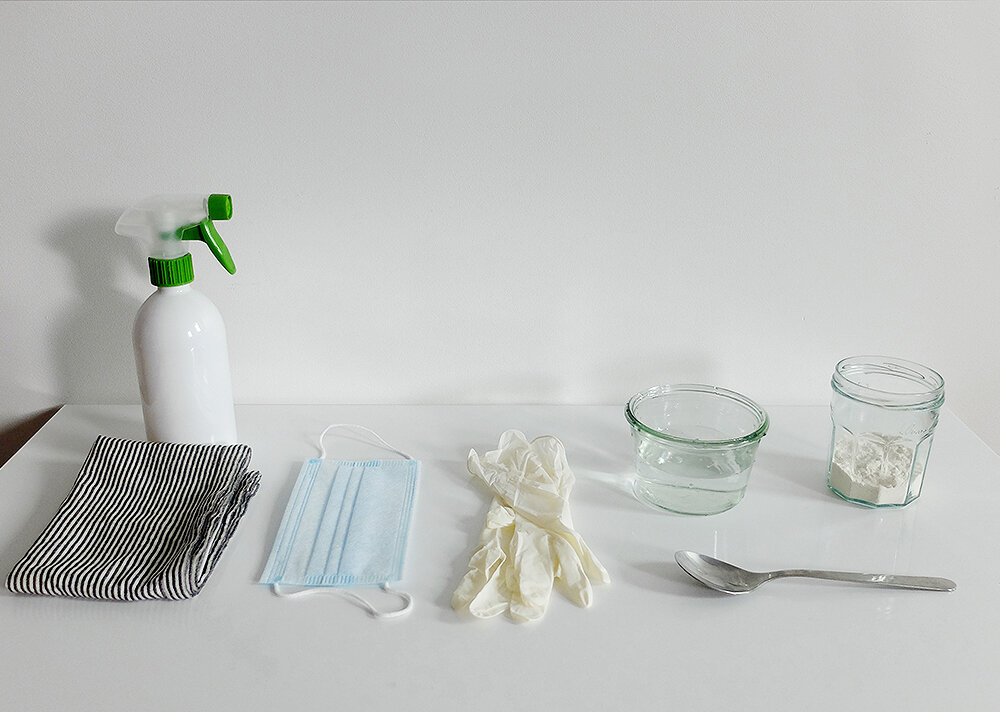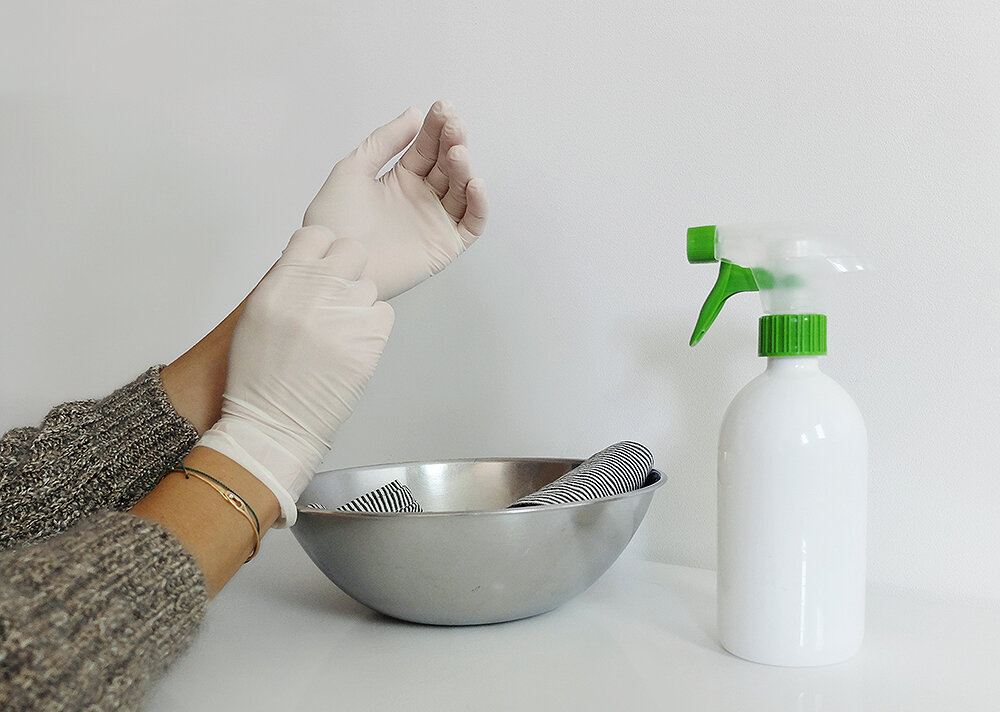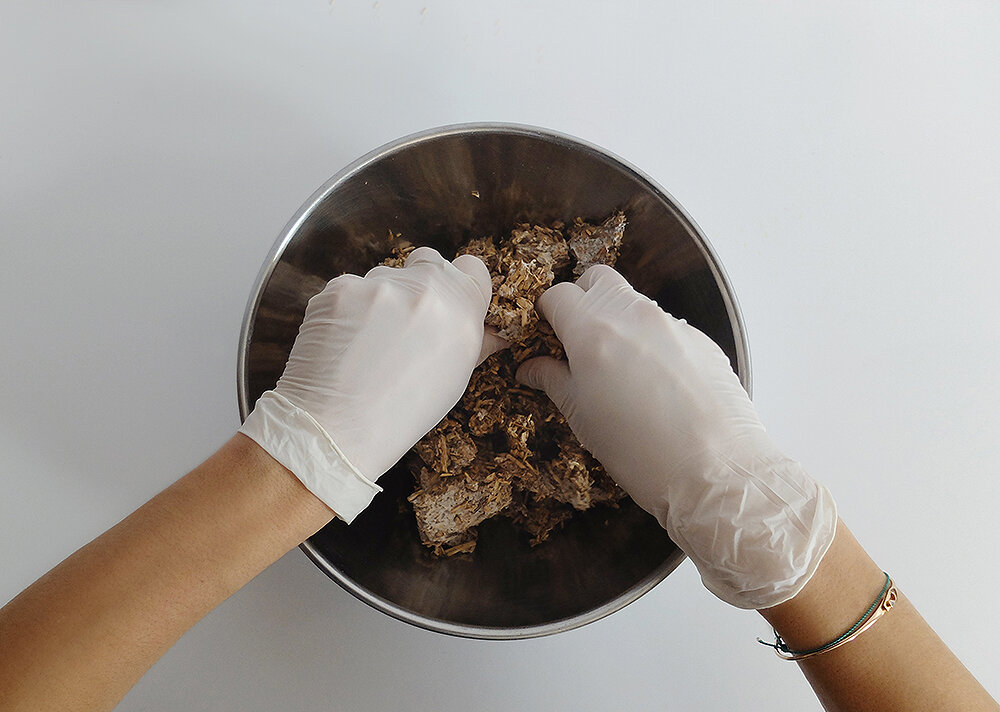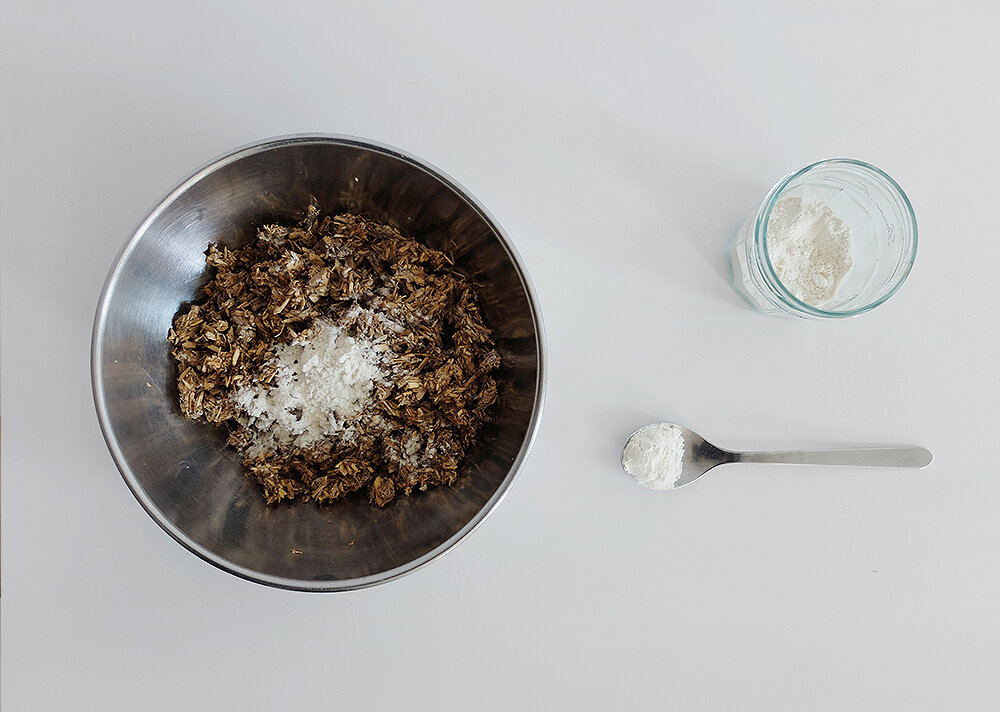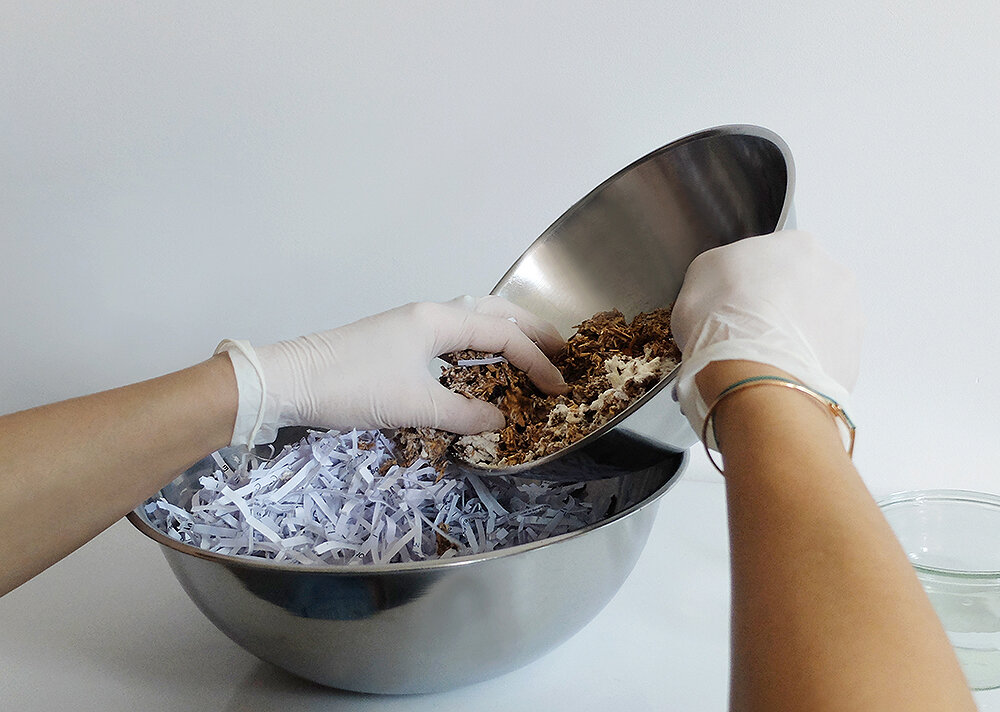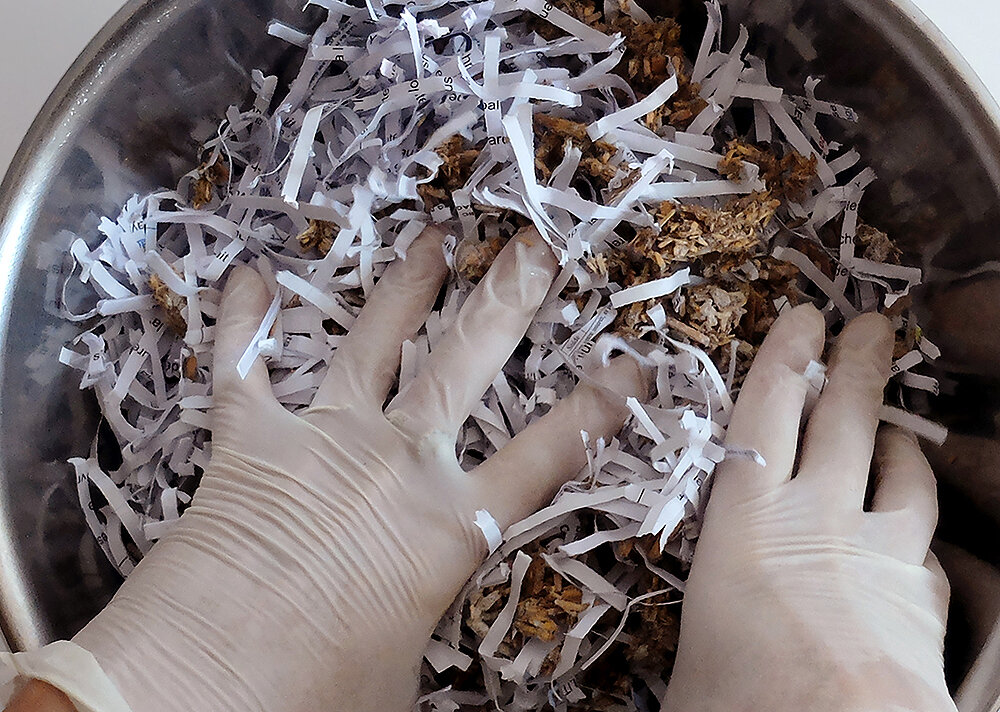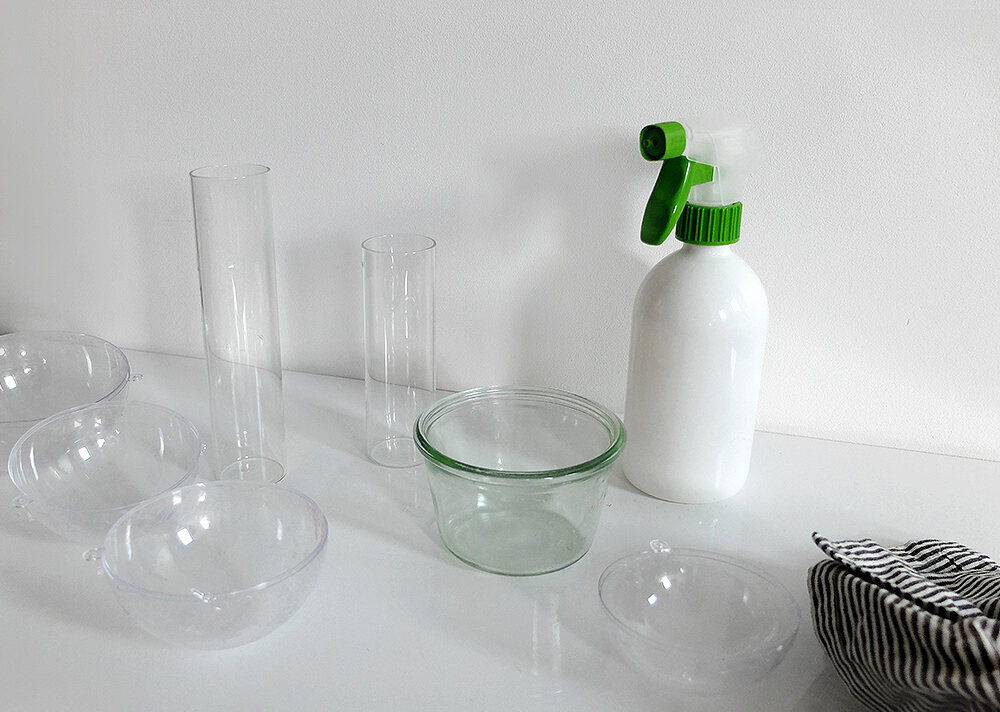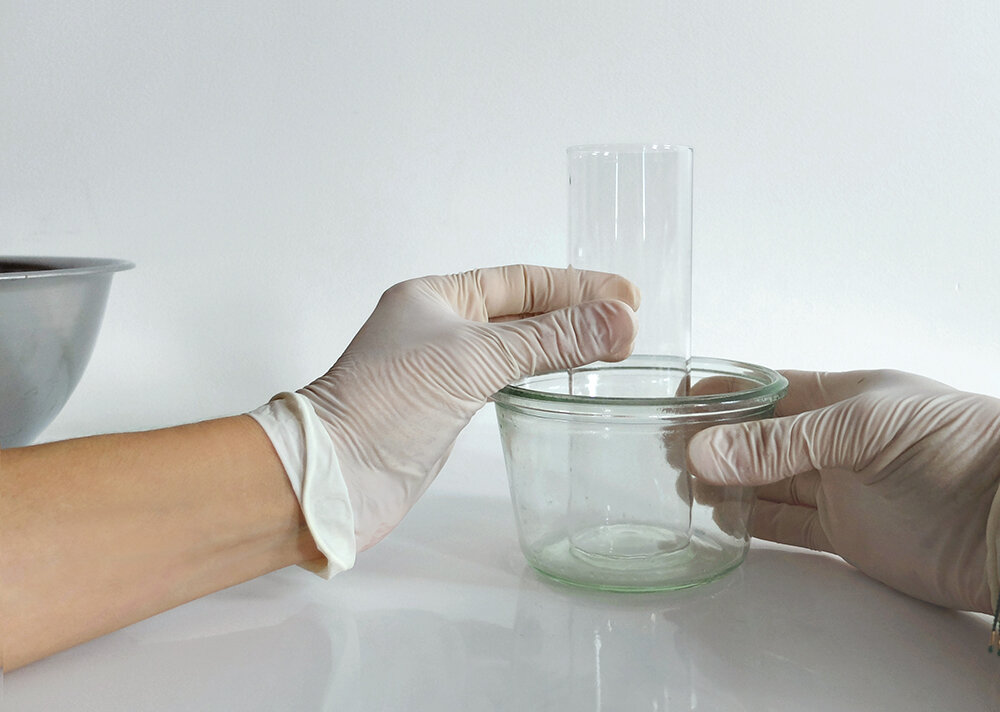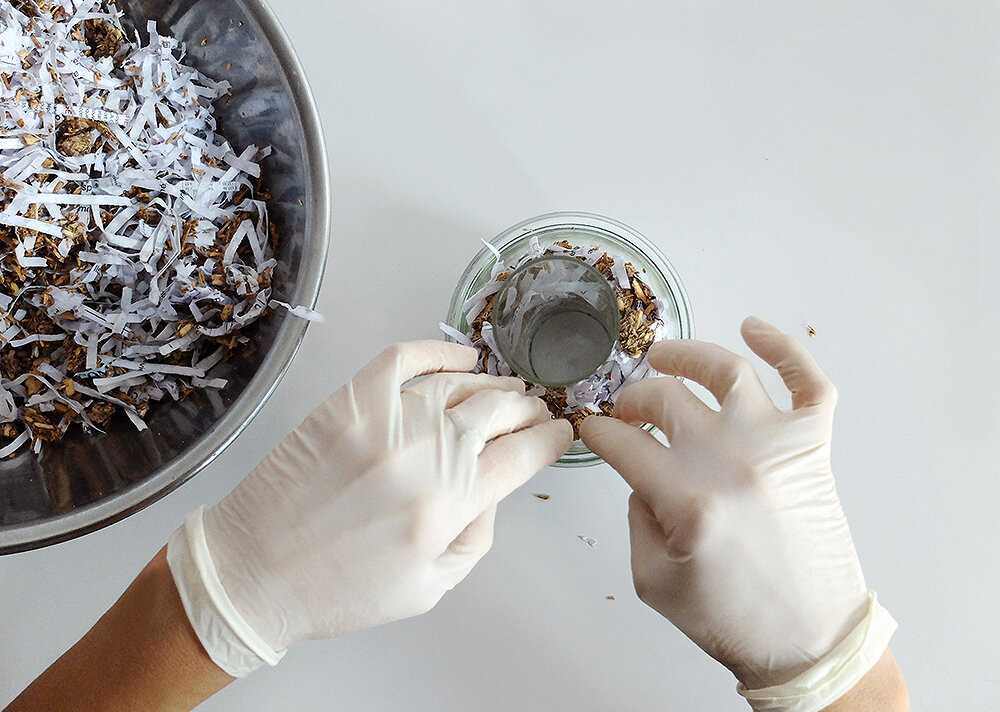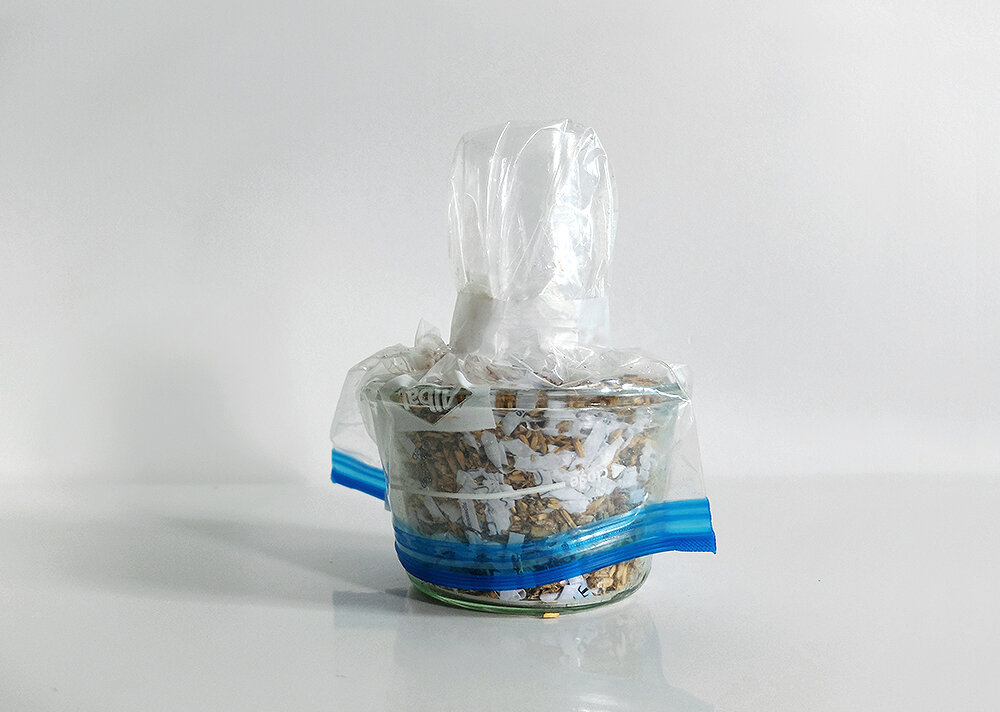Myco-fabrication
Miriam Josi and Stella Lee Prowse (Aléa) (FR) + Park Associati (IT)
July 21st – July 27th 2024
Workshop description:
Interacting with a diverse organism throughout its life cycle while binding and transforming the organic matter of mycelium, the filamentous structure of fungi, serves as a powerful metaphor for interconnection at large.
In an unconventional collaboration to investigate mycelia’s potential as a material binder, designer duo Aléa and architecture firm Park Associati propose a workshop that explores the world of growing architectures, focusing on an organism increasingly recognised for its ecological benefits and versatility in design.
Participants will immerse themselves in the world of mycelium under the guidance of Aléa, known for their work with myco-materials and experimental processes. At the same time, Park Associati provides a curated toolkit, enabling attendees to construct their own movable lab to be re-interpreted by each participant through experimental joinery with their fungal collaborators.
Over the course of a short week, attendees will delve into the landscape while rethinking tools, processes and spaces used to collaborate with another-than-human. Deeper understanding of the material's properties and potential applications is a given in this hands-on experience.
Crafted to inspire architects, designers, and enthusiasts alike, this workshop shall foster creativity, transdisciplinary collaboration, and a deeper appreciation for the complex web of relationships in nature - paving the way for future thinking and making.
